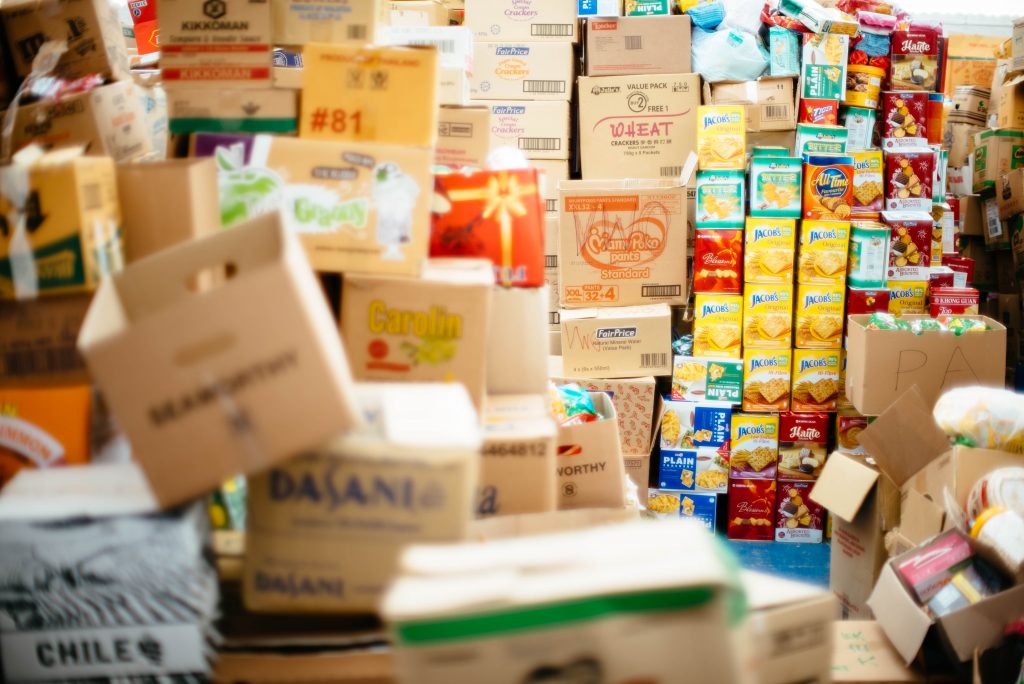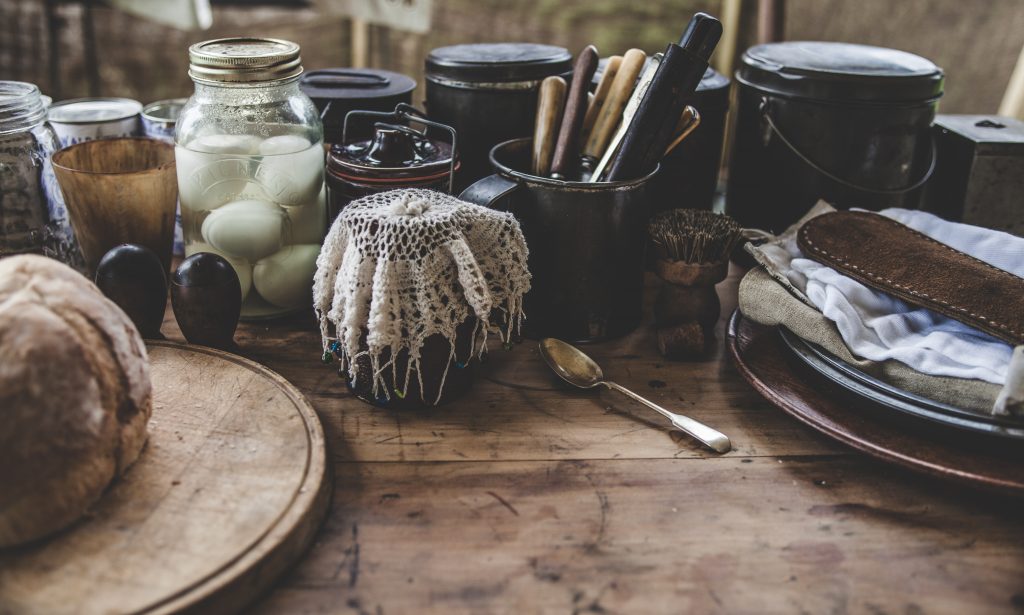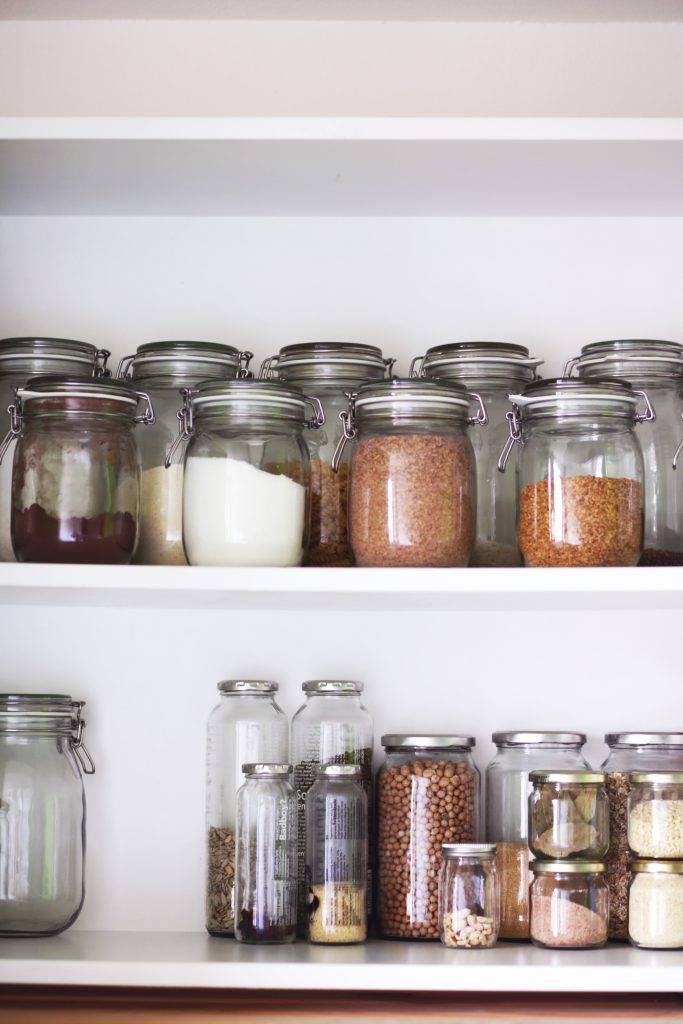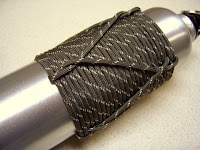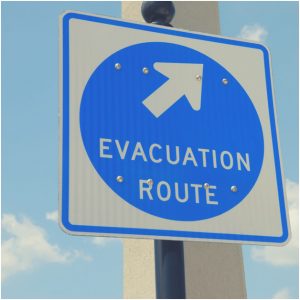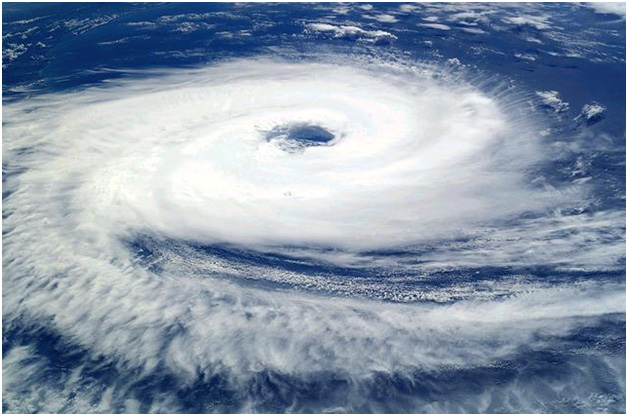Whether you are at home or traveling, safety matters the most. After all, you would not want to be attacked or threatened at any time. The best way to deal with the risks is by having a self-defense strategy in place. While you can learn some physical tactics, carrying a weapon or two can make you feel safer and more confident anywhere. But you would want to carry only the ones that are legally permissible because anything that is not can get you into trouble with the authorities. Here is a list of legal defense weapons you should consider buying for being safe everywhere and at all times.

Pepper spray
Perhaps the best weapon that you can carry for being safe while you commute and travel is pepper spray. It is lightweight and easy to carry as you can just slip it into your bag or pocket. Moreover, pepper spray is easy to take out and use when you are in potential danger. There is a good choice available if you want to pick the level of potency, though even the lightest one can be highly effective.
Tactical knife
A tactical knife is small in size yet effective and easy to use when it comes to defending yourself from an attacker. You can choose a flip open variant or one that can be carried in a holder on your side. Flip open knives are easy to conceal while the side-holder ones are easier to access when you are in danger. Tactical knives, though, are not legal everywhere.
Stun guns
Stun guns are effective self-defense weapons that enable you to shock the attacker. Since these are non-lethal, you need not fear legal restrictions in most of the places. While even a basic one would give you good protection, look for an advanced product like TASER X2 if you want to be extra sure. These guns are widely used by law enforcement professionals through even civilians can use it.
Tactical pens
A smart self-defense weapon that you can carry everywhere is a tactical pen. It looks like a pen but is capable of doing much more. The impact edges are designed to dissuade attackers while it has LED lights as well. Moreover, the tip of a tactical pen can cut glass and help you to escape if you are abducted.
Personal alarms
Not exactly a weapon, a personal alarm is still something that can keep you safe in adverse situations. A whistle is the best example of a traditional personal alarm. However, there are high-tech ones that you can use to send across an alert to the authorities when you are attacked. Some alarms are even equipped to share your location so that you can get help on the spot. Look for a small and easily accessible one that you can reach when you need it the most.
Since these weapons are non-lethal, you will not get into legal problems by using them. Still, carrying them makes you feel confident as you can use them for being safe all the time.


